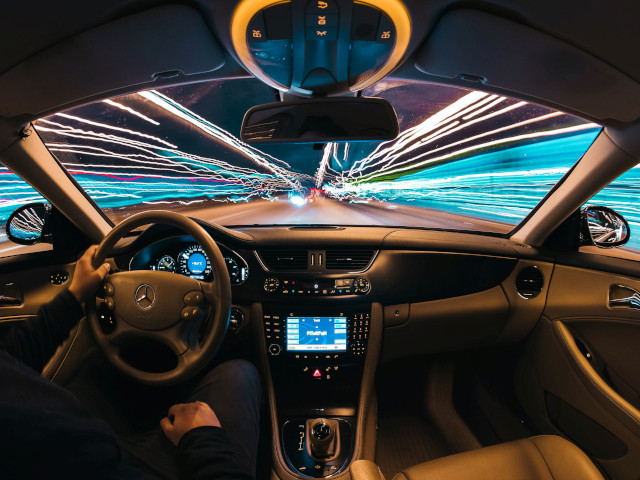AI and telematics can improve driving behaviour under South Africa’s new driving laws
By Industry Contributor 9 September 2021 | Categories: news
News sponsored by Republic of Gamers ROG Zephyrus M16
By Justin Manson, Sales Director at Webfleet Solutions
South Africa’s Department of Transport announced the implementation of the Administrative Adjudication of Road Traffic Offences (AARTO) Act, which will introduce a new licence points demerit system geared towards imposing stricter penalties for road rule infringements.
It’s estimated that between 15 and 20 million fines a year will be issued countrywide once the new system is fully implemented, with the first phase coming into effect on 1 July 2021.
Unfortunately, the AARTO Act could prove detrimental to South African drivers, fleet operators, and businesses alike, even if similar systems have been successful in other countries. This is because South Africa was ranked by Zutobi as the world's most dangerous country to drive in due to number of deaths on the road, maximum speed limits and the number of people who don’t wear a seat-belt.
With this ranking and the newly proposed driving laws, industries across the country will need to reevaluate their employees’ driving behaviour.
Distracted driver behaviour remains an obstacle on South African roads
The Zutobi study, which ranked 56 countries, found that only 31% of South Africa's front-seat occupants wear seatbelts. Adding to this, the International Transport Forum’s (ITF) Road Safety Annual Report 2020 shows that although South Africa experienced a 77% decrease in traffic during the lockdown, there was still an increase in average speeds and the severity of crashes.
The group’s report shows the growing concern of reckless and distracted driving behaviour with distractions usually involving the use of cell phones, grooming, and eating.
South Africa’s distracted driver behaviour poses significant danger to drivers and other road users. In addition, it remains a key contributor to drivers receiving infringement notices for disregarding traffic laws – which then puts the fleet sector at risk of losing experienced drivers with the suspension of their driving licences.
Fleet operators and drivers, therefore, need to monitor driving behaviour and ensure drivers have access to adequate training programmes and tools that can provide feedback on the road.
Combining AI with telematics is an effective way of improving driver behaviour
For decades, telematics technology has allowed fleet operators to monitor their vehicles on the road, allowing them to see when a driver was braking too hard or speeding. Combining the capabilities of telematics with vehicle camera footage, offers fleet managers context of why these events occur. The integrated solution gives fleet managers and decision makers full transparency and clarity, allowing them to protect their drivers from non-fault claims and coach them to drive more safely.
Driver-facing cameras, using Artificial Intelligence (AI), also assist in better driving by detecting various types of unsafe behaviours and alerting the driver to correct their course before an accident occurs. Solutions like the Webfleet OptiDrive 360 go as far as providing in-cab feedback and warnings to drivers through a driver terminal as well as an AI camera that alerts a driver when detecting unsafe driving behaviour like mobile phone usage or when the driver is not wearing a seat belt, amongst others.
Drivers also benefit from real-time feedback on their speeding, idling, gear shifting, harsh braking, harsh cornering, and coasting. They receive active driving advice before, during and after their trip, and they can analyse their performance after each trip to take steps to improve their driving style. Combining this sort of feedback along with AI feedback from the in-cab camera is similar to having a driver coach in the cab at all times.
Using these detailed insights, fleet operators can also assign specific drivers on more optimal routes based on their driving behaviour and even offer incentives that encourage a driving behaviour change.
Solutions that combine telematics and AI have become essential for fleet managers and drivers, helping them pre-empt risks, reduce costs, and improve driving behaviour in preparation for the new AARTO system.
Most Read Articles

Have Your Say
What new tech or developments are you most anticipating this year?




